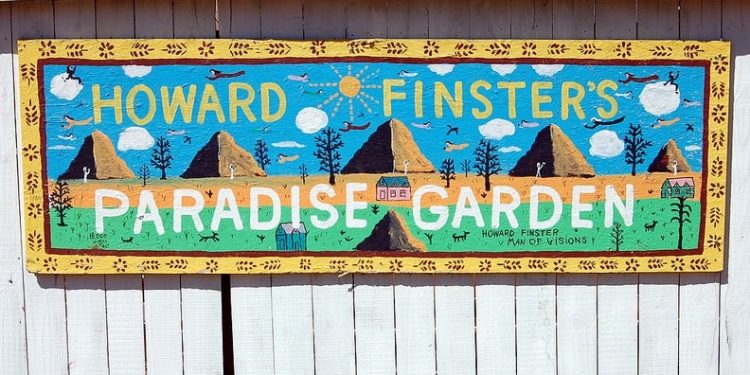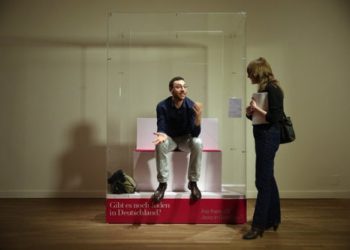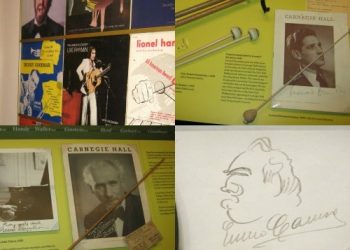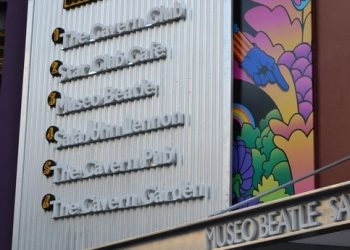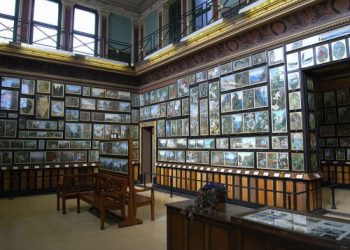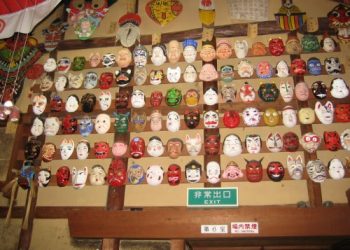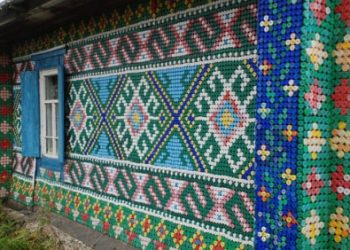Paradise Garden is recognized by art historians, art museums, art critics, government agencies, and preservationists as an exceptional example of a largely intact 20th century outsider art environment. It showcases the life’s work of renowned artist and preacher Howard Finster, a self proclaimed “Man of Visions,” who would later create album covers for R.E.M. and the Talking Heads. It all started with a small roadside tribute to inventors, which first began in the 1940s in Trion, Georgia. He once said, “The inventors don’t get recognition. They don’t have an Inventor’s Day. To represent them, I’m trying to collect at least one of every invention in the world.”
But he eventually he ran out of land, so in 1961 he moved to Pennville, Georgia to build a bigger version of his Garden of Eden, which he called the Plant Farm Museum. It featured such attractions as the “Bible House,” “the Mirror House,” “the Hubcap Tower,” “the Bicycle Tower,” “the Machine Gun Nest,” and the largest structure in the garden, the five-story “Folk Art Chapel”. Then in 1976, at the age of 49, Finster was using his fingers to apply paint to a refurbished bicycle and noticed a smudge formed a human face. He claimed that a vision from God directed him to create 5,000 pieces of artwork. He accomplished this task and more, producing almost 47,000 pieces, with subjects ranging from pop culture icons like Elvis Presley to futuristic cities, before his death in 2001.
